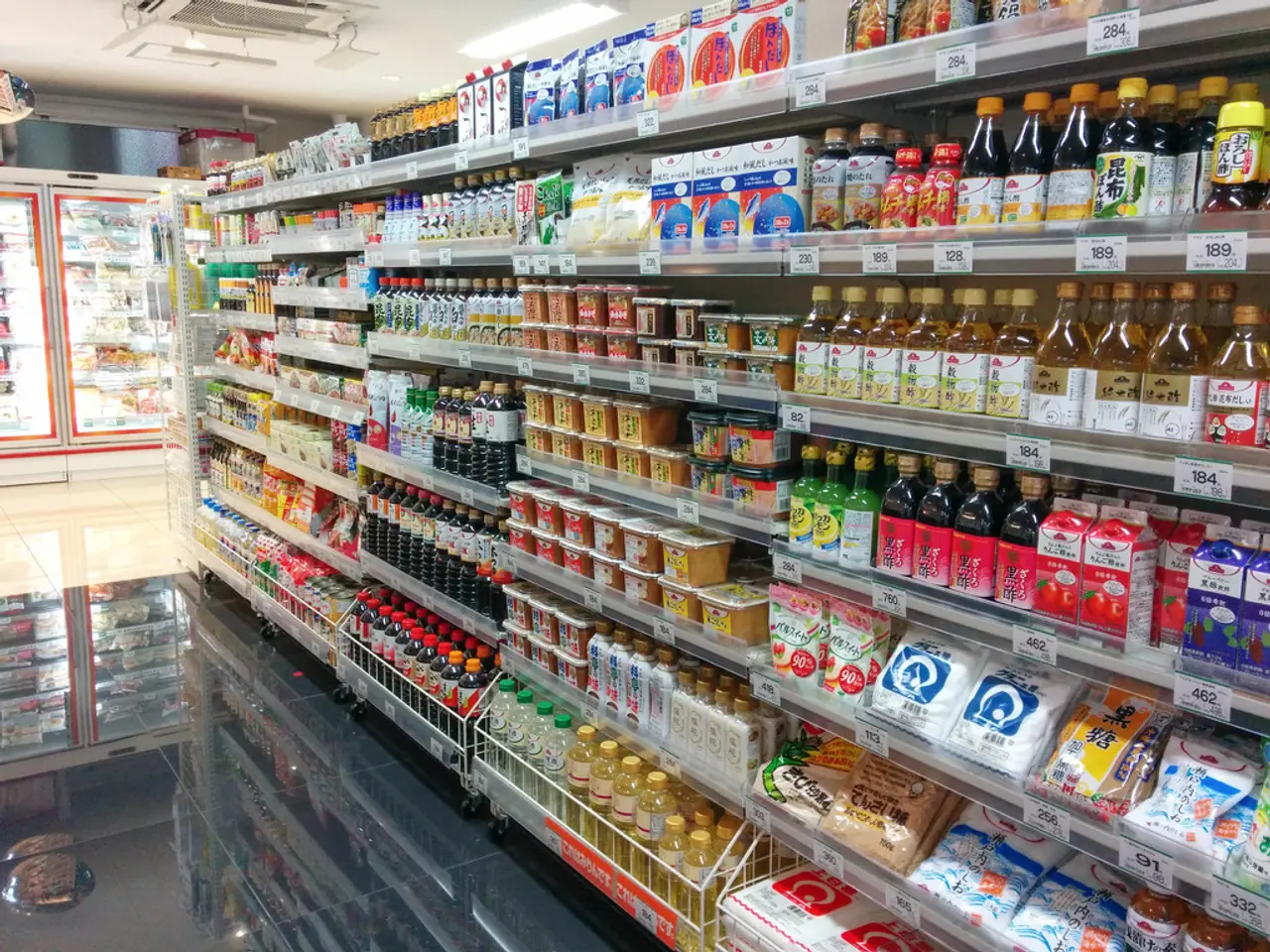Amazon Transforms into a Leading Grocery Rival
Amazon, the tech giant, has been making significant strides in the $1.2 trillion U.S. grocery market, thanks to a multi-pronged approach focusing on product selection, delivery speed, and physical store expansion. This strategy has been particularly effective in leveraging Whole Foods Market and Amazon Fresh.
At the heart of Amazon's grocery strategy is a broad and diverse product range. Whole Foods Market focuses on organic and specialty items, while Amazon Fresh targets center-store grocery essentials. The company has also expanded its private-label brand, Amazon's 365 brand, offering nearly 300 new products. This comprehensive selection caters to various customer needs, allowing shoppers to access everything from specialty to everyday grocery items within the Amazon ecosystem.
Amazon has also invested heavily in integrating and streamlining the supply chains of its grocery services, consolidating them under a unified fulfillment network. This includes innovative fulfillment centers, such as automated micro-fulfillment centers co-located with Whole Foods stores, enabling same-day delivery from multiple grocery brands. Over 2 billion groceries and household essentials were delivered same or next day in 2024, marking a significant 50% year-over-year increase.
Amazon's reorganized "One Grocery" strategy, led by Whole Foods CEO Jason Buechel, fosters operational efficiencies and quicker decision-making. Cross-functional leadership integrates technology, marketing, and supply chain management to support this scale and speed.
Physical store expansion has been another key component of Amazon's grocery growth. The acquisition of Whole Foods Market in 2017 for $13.7 billion was a major step towards building a brick-and-mortar footprint in groceries. Since then, Amazon has been redesigning Amazon Fresh stores to improve the shopping experience, leading to a reported 20% increase in customer spend.
Amazon is also testing new store formats, such as Whole Foods Market Daily Shop, and concepts that allow customers to shop fresh groceries alongside millions of other products. The company is planning to expand these offerings throughout 2025.
In essence, Amazon's grocery business growth is driven by a unified brand strategy, advanced logistics and fulfillment integration, and physical store expansion and redesigns. This comprehensive approach positions Amazon as a growing contender in the U.S. grocery market, aiming to increase its market share beyond the current under 4%.
Customers in urban and rural areas appreciate the convenience of buying these items online and having them delivered quickly. Prime members can get unlimited grocery delivery on orders of more than $35 with a $9.99 monthly or $99.99 yearly grocery delivery subscription.
With its accelerated delivery speeds, extensive product selection, and expanding physical store presence, Amazon is well-positioned to continue its growth in the competitive U.S. grocery market. The company, which is No. 2 on The PG 100, Progressive Grocer's 2025 list of the top food and consumables retailers in North America, offers nearly 3 million affordable grocery and household essential items for delivery across the country.
- Amazon's grocery strategy encompasses a comprehensive range of products, including organic items from Whole Foods Market and center-store essentials from Amazon Fresh, further expanded by Amazon's 365 private-label brand.
- The tech giant has streamlined its supply chains by consolidating them under a unified fulfillment network, enabling same-day delivery for over 2 billion groceries and household essentials in 2024.
- Amazon's restructured "One Grocery" strategy, spearheaded by Whole Foods CEO Jason Buechel, integrates technology, marketing, and supply chain management for operational efficiencies and faster decision-making.
- The company's expansion into physical stores, accelerated by the acquisition of Whole Foods Market, includes redesigning Amazon Fresh stores and testing new store formats, aiming to offer a seamless shopping experience for customers in both urban and rural areas.




